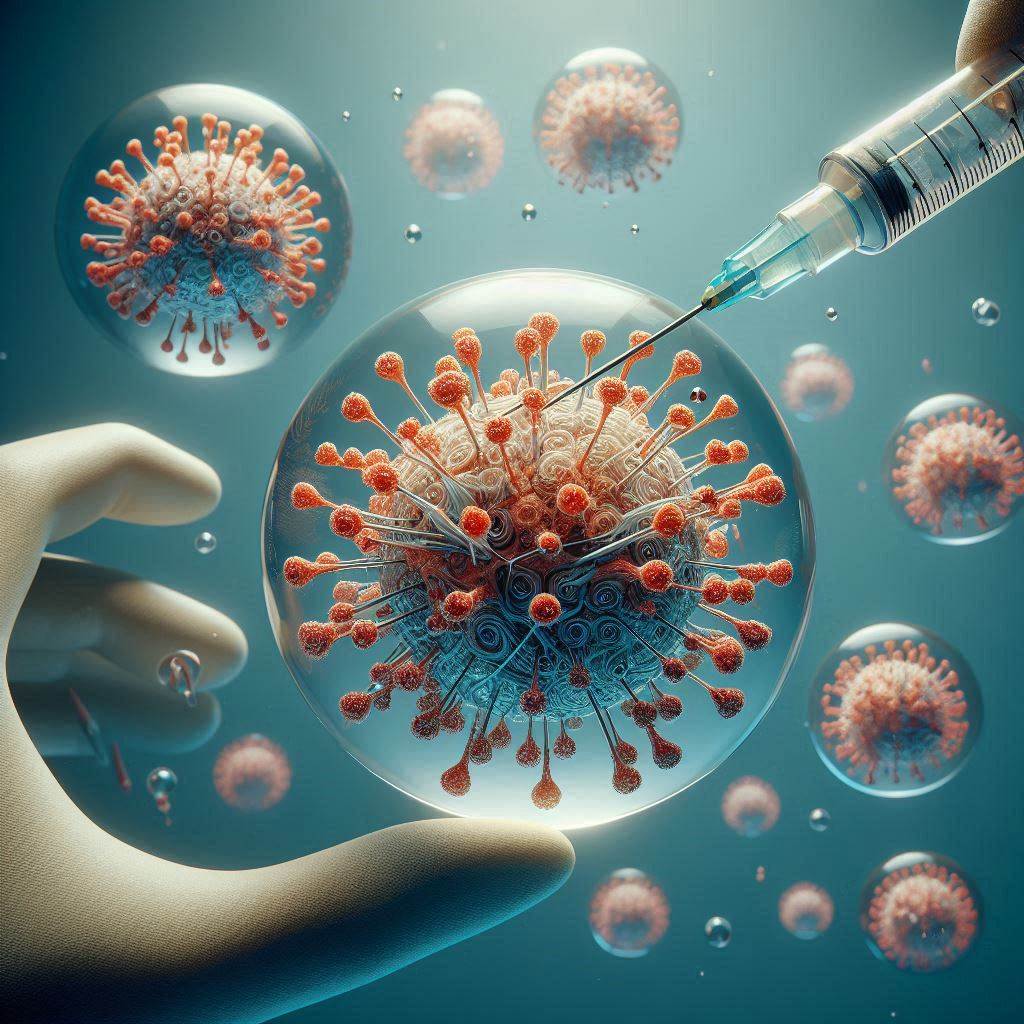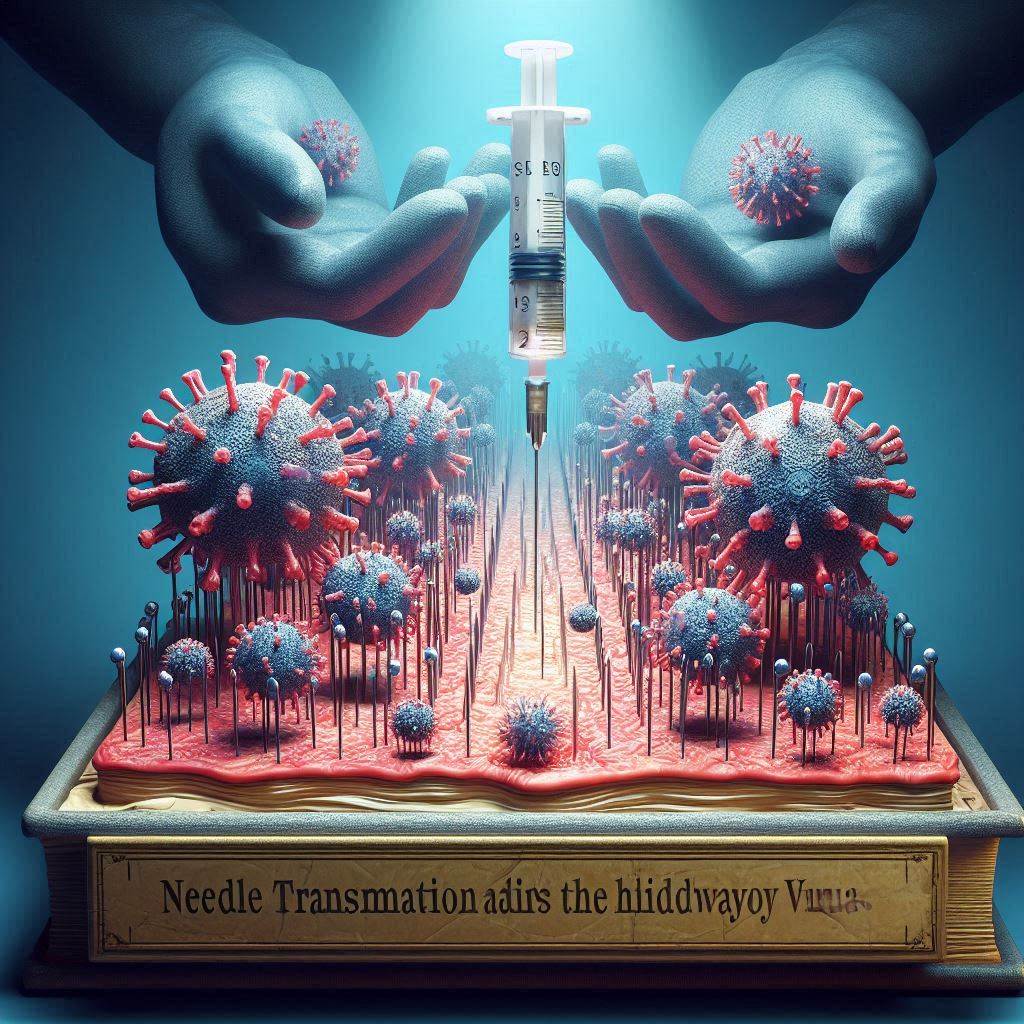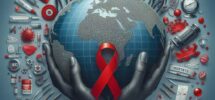Imagine a single needle—rusted, reused, passed from hand to hand. It may appear ordinary, but within its hollow shaft, a deadly virus waits. In the shadows of addiction, far from sterile clinics and polished hospital floors, this humble tool played a pivotal role in the spread of one of history’s most devastating epidemics: AIDS.

As the world sought to answer the pressing question, where did AIDS come from, attention turned not only to its animal origins and sexual transmission, but also to the silent, rapid spread occurring within communities of injectable drug users. Needles—meant to deliver a high—were instead delivering death.
The Early Days: Unseen Spread in the Underground
But a parallel epidemic was quietly erupting among those who injected heroin, cocaine, and other substances.
In communities gripped by poverty and addiction, access to clean needles was rare. Shared syringes moved from person to person, carrying with them tiny droplets of blood—enough to transmit HIV, the virus that causes AIDS. This method of spread proved alarmingly efficient.
In cities like New York, San Francisco, and Miami, entire pockets of intravenous drug users (IDUs) became infected within a few short years. Public health officials soon realized that if they hoped to control the epidemic, they had to address more than behavior—they had to rethink policy and perception.

A Virus Without Borders
One of the most tragic ironies of the epidemic was that many infected through needle sharing never knew what hit them. In some cases, HIV passed from a drug user to their sexual partner, then to children through childbirth or breastfeeding. The ripple effects were devastating.
As researchers dug deeper into the origins and transmission routes, they asked a broader question: Where did AIDS come from, and how had it infiltrated so many populations so quickly?
The answer lay not only in the African forests where the virus first jumped species, but in the human systems—economic, legal, and cultural—that enabled its rapid spread.
Stigma and Silence: Fueling the Epidemic
During the 1980s and early 1990s, intravenous drug users faced severe stigma. They were often blamed for their illness, labeled as irresponsible or immoral. Governments were reluctant to implement harm-reduction strategies such as needle exchange programs, fearing it would encourage drug use. This hesitation cost lives.
Despite scientific evidence showing that clean needle distribution drastically reduced HIV transmission without increasing drug use, many countries delayed action. Meanwhile, prisons became another hotspot for transmission—where needles were scarce and often shared secretly.
As the epidemic worsened, it became clear that asking where did AIDS come from meant confronting uncomfortable truths: about poverty, addiction, and public policy failure.
Turning the Tide: Harm Reduction and Awareness
The turning point came when public health advocates, armed with data and driven by compassion, began to change the narrative. Harm reduction programs—including free needle exchanges, supervised injection sites, and HIV testing centers—emerged as effective strategies in cities like Vancouver, Amsterdam, and later New York.
These efforts helped slow the tide of needle-related transmission and offered a model of humane, science-based intervention. Awareness campaigns began targeting at-risk communities directly, and the once-silenced voices of drug users became part of the solution.
A Silent Epidemic, A Loud Lesson
The story of needle transmission and AIDS is more than a chapter in medical history—it is a lesson in humanity. It reminds us that the question where did AIDS come from isn’t answered solely in scientific journals or genetic sequencing. It also lies in the corners of society where people are marginalized, criminalized, and forgotten.
In those hidden spaces, a virus found a fast track—through shared needles and shared suffering. But it also sparked a revolution in public health thinking. By understanding the role of injectable drug use in the spread of HIV, the world took a vital step toward prevention, compassion, and change.
And in doing so, it brought us closer to answering—not just where did AIDS come from, but how can we stop it.


